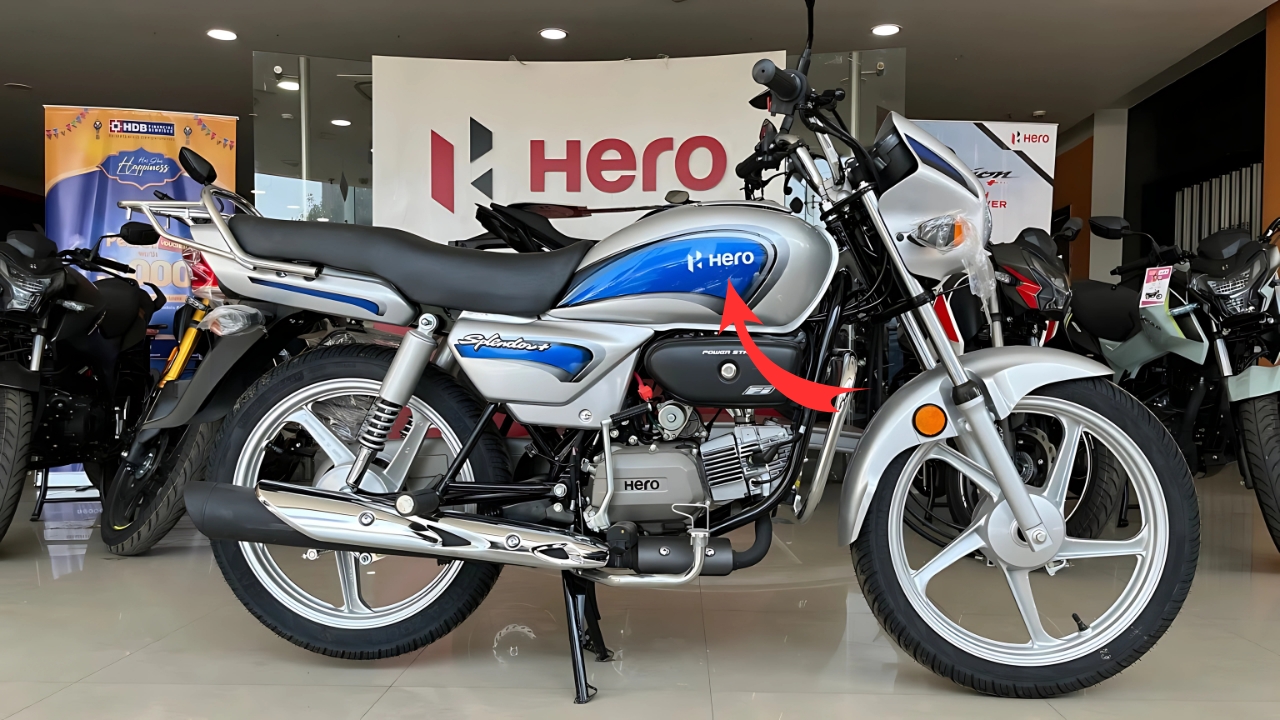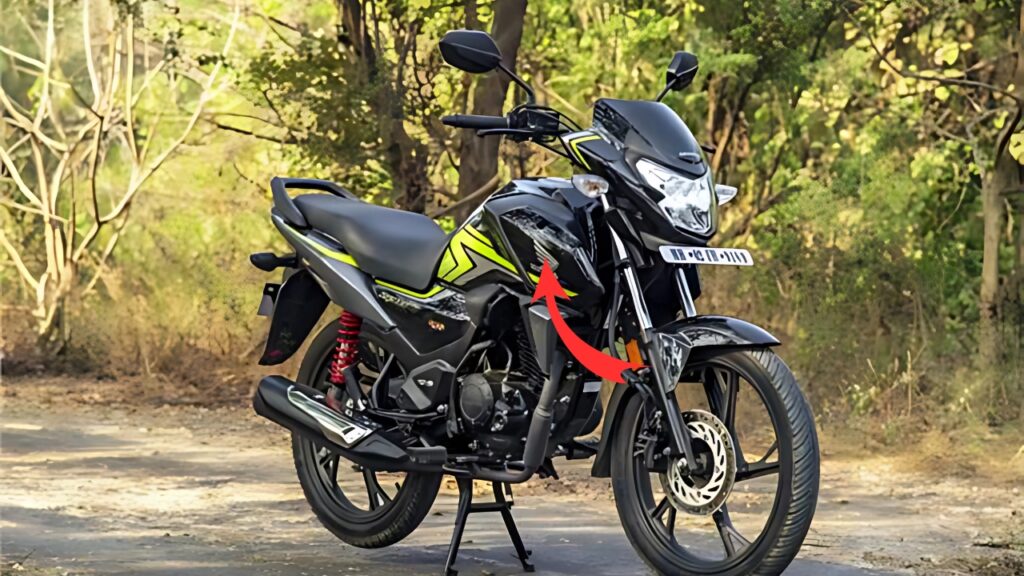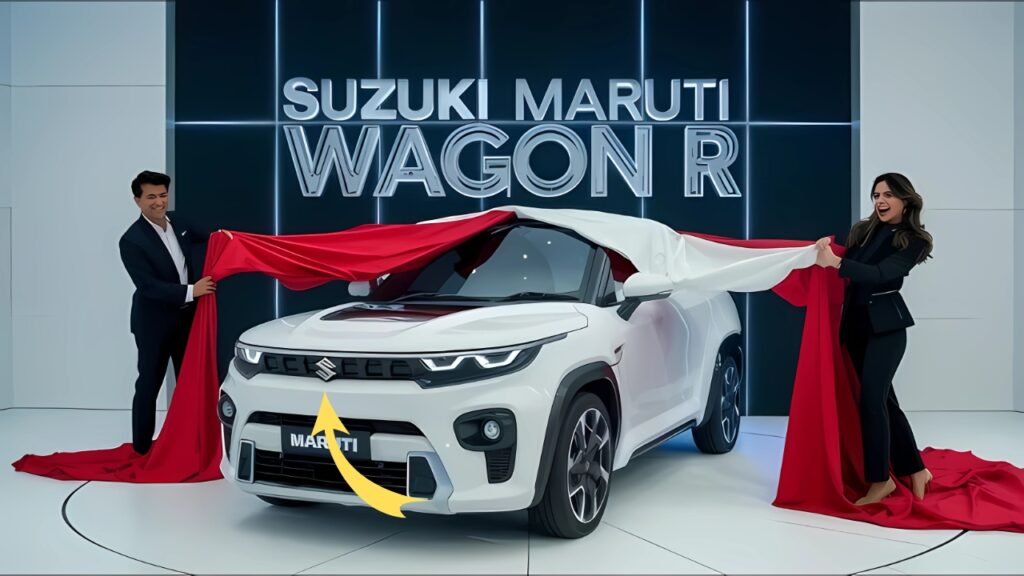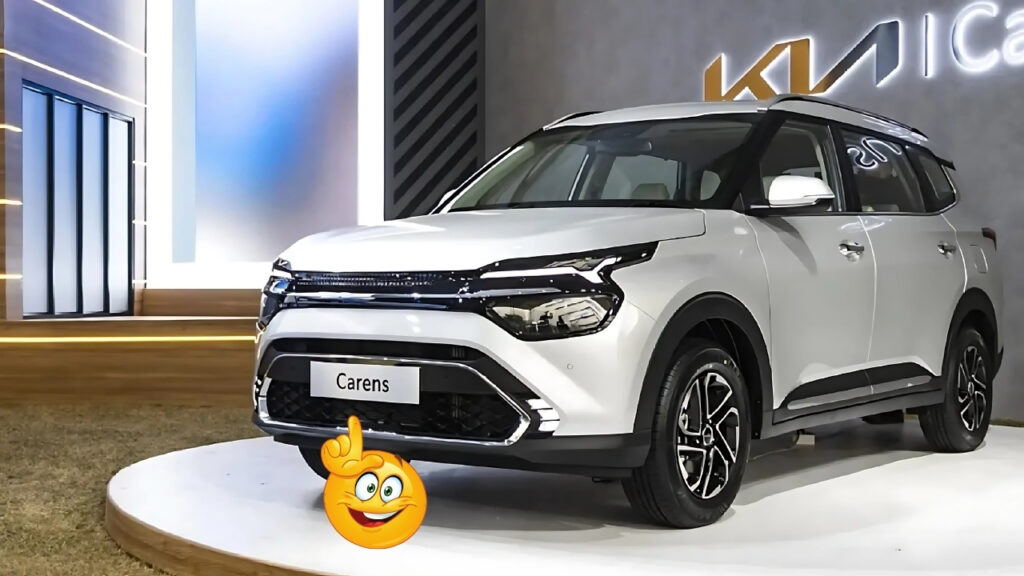Hero Super Splendor: Hero has established its cash cow in the low-end segment with the Splendor, which has already crossed the 30 million units mark since its launch, making it one of the most successful motorcycle models ever produced worldwide, thereby making the Super Splendor a no-brainer in its natural evolution.
This has also driven expectations towards greater performance and convenience features, all of which have been well balanced on the Super, much without compromising on the Splendor’s original DNA that made it a household name – reliability and efficiency.
The Super Splendor lies between the regular Splendor+ and the more premium Glamour in Hero’s vast commuter portfolio, and is aimed at customers needier of performance and features without venturing into premium price buckets.
It’s kind of a brilliant positioning, especially for semi-urban markets, where the greater displacement and reserve power of the motorcycle come in handy on longer commutes and with some highway use.
Table of Contents
Hero Super Splendor: Engineering Foundations- Technical Performance

The heart of the Super Splendor is a 124.7cc air-cooled single-cylinder engine which churns out around 10.8 horsepower at 7,500 rpm and 10.6 Nm of torque at 6,000 rpm.
These modest figures do little to hide the real-world utility of this engine, with its torque curve carefully designed to provide accessible power in the 30-70 km/h range most relevant to everyday riding conditions.
The engine features Hero’s in-house developed i3S (Idle Start-Stop System) technology which powers down the engine during long idling and comes back on the instant the rider pulls the clutch in—a practical aspect that actually boosts real-world fuel economy in crowded traffic situations.
It is this system along with programmed fuel injection that helps the motorcycle boast about an excellent claimed fuel efficiency of around 60-65 km/l under test conditions.
Power gets to the rear wheel via a 5-speed gearbox with ratios designed to provide both low-end acceleration and relaxed highway cruising—coinciding with the multi-use nature of motorcycles in this segment.
The shift mechanism serves up positive engagement with moderate effort while reliability takes precedence over vicious shift action.
The chassis features a standard tubular double-cradle frame, made for strength over weight optimization — because at the price point, toughness trumps performance upgrades for the intended audience.
The suspension features telescopic forks in the front and twin shock absorbers at the rear equipped with 5 steps of adjustable preload to make it comfortable over a range of road conditions with different loads.
Design Strategy: Gradual Evolution
On the visual front, the Super Splendor comes with a very conservative approach that leans towards function, rather than fashion and so far Hero has done well in different segments.
The fuel tank incorporates medium sculpting to enhance ergonomics rather than splash some superfluous styling cuts, while side panels and other pieces use clean, simple lines that will remain elegant over time instead of trying to look current.
With five color options, including dual-tone schemes, the Super Splendor provides adequate levels of personalization without excess complexity that would hamper production efficiencies or parts stocks.
Graphics are tastefully restrained, knowing that many buyers in this segment care more about subtle appearance and long-term visual durability than raucous designs.
And perhaps most critical, the design is pragmatic, featuring comfortable positioning for the rider and pillion, easy access for maintenance and long-wearing materials chosen to endure the rigors of day-to-day use in tough conditions.
These practical traits rarely take center stage in reviews or discussions, yet they play a massive role in the motorcycle’s success in multiple use cases.
Features you can expect: Useful additions
The feature set of the Super Splendor shows careful choice of elements that add value, but do not add cost unnecessarily.
The semi-digital instrument cluster has everything that a car hardcore wants such as gear indicator, instant fuel economy and service reminder—what real experience stuff when it comes to owning a car.
Lighting components have also progressed to comprise LED daytime running lights and an LED tail lamp, which enhance visibility while consuming less power than traditional incandescent counterparts.
The headlamp continues as a halogen unit, striking a balance on illumination performance vs replacement economics— a primary concern for rural owners where exotic bulbs and the dealers who sell them are a distance away.
The safety features include the Integrated Braking System (IBS) that distributes the braking force between the front and rear wheels when the rear brake is applied for more balanced deceleration, particularly useful for less experienced riders.
This, along with the stable handling characteristics a motorcycle is just born with, imbues everyday riding confidence in a wide range of skill levels.
Ownership Experience — A Hidden Value Proposition
While its features and specs help, the Super Splendor’s lasting success is especially down to the fact that Hero commands the best sales and service network in India, with more than 6,000 touchpoints.
This network of infrastructure assures parts availability and service support even in remote regions—a vital consideration for vehicles that more often serve as crucial productivity tools than they do discretionary acquisitions.
To take care of ownership, scheduled maintenance requirements has been deliberately kept to the minimum, with its service intervals at every 6,000 kilometers or three months whichever be earlier, aimed at customers living in remote areas where authorized service centers are limited.
Anything normally found at the business end of high-performance equipment was developed for long service life, recognizing that operating profit goes well beyond the dear purchase price for first-time buyers with an eye on winning value.
As a result, the Hero brand benefits from mature manufacturing processes and economies of scale, which should ensure competitive pricing from ₹75,000 to ₹80,000 (ex-showroom), delivering an attractive value proposition, notwithstanding the increasing input costs and compliance requirements. It’s positioned where it stays accessible but offers real benefits over smaller-displacement rivals.
Hero Super Splendor
Here this trend is both pragmatic and aligned with what the segment dictates, where longevity, fuel efficiency and cost of ownership count far more than spec sheet numbers or revolutionary styling.
And by balancing attention to the features that its target demographic truly values with meaningful modernization, Hero has ensured that the model will continue to be relevant in a more complicated marketplace.
As automotive markets continue to rocket forward with lifestyle positioning and feature creep, the Super Splendor’s longevity is testimony to the overriding importance of basic transport needs for millions of riders across India.
The bike’s humble efficacy in taking care of these needs with the minimum of fuss and cost premiums makes it a mainstay in India’s mobility ecosystem—a role it is poised to hold onto as the market moves on.





